When you think about a Public Relations Campaign, what comes to mind? It’s more than just promoting a product or service; it’s about strategically shaping how the public perceives a brand. You’ll often find that these campaigns are crafted with specific goals in mind, whether it’s enhancing reputation or building trust. But how do you measure success, and what steps go into creating an effective campaign? Understanding these elements might just change how you view PR efforts altogether.
Definition of PR Campaign

A public relations campaign is a strategic effort designed to shape public perception and achieve specific communication goals for a brand, organization, or individual. This structured series of activities helps you manage how your audience views your brand, focusing on improving brand reputation and fostering positive relationships.
In a successful public relations campaign, you’ll engage in various actions, including media outreach, social media engagement, and content creation, all aimed at reaching your specific PR goals. The campaign should identify your target audience and develop key messages that resonate with them, ensuring effective communication.
Audience engagement is crucial; you want to create meaningful interactions that not only promote awareness but also build trust and credibility. By evaluating the performance of your campaign, you can gauge its effectiveness in influencing public perception and achieving desired outcomes.
Ultimately, a well-executed public relations campaign can significantly enhance your brand’s reputation, attract stakeholders, and promote positive action within your community. Understanding this definition sets the foundation for crafting a successful PR strategy that aligns with your broader objectives.
Objectives of PR Campaign

The objectives of a PR campaign focus on achieving measurable outcomes that enhance brand reputation and foster positive relationships with the target audience. To effectively reach these goals, you should consider the following key objectives:
- Increase brand awareness: Your campaign should aim to make your brand more recognizable, ensuring it stands out in a crowded market.
- Generate positive media coverage: You want to attract media attention that highlights your brand’s values and initiatives, contributing to a favorable public image.
- Enhance audience engagement: Engaging with your audience through interactive content and social media can create a strong connection, making them more invested in your brand.
- Value communication: Clearly communicating the value your brand provides is crucial. This involves sharing stories and messages that resonate with your target audience.
Measuring PR Campaign Success

Measuring the success of your PR campaign involves analyzing various metrics to understand how well you’ve met your objectives and shaped public perception. By focusing on key PR metrics, you can gauge the effectiveness of your strategies and make necessary adjustments.
Here’s a breakdown of essential metrics to consider:
| Metric | Description | Importance |
|---|---|---|
| Media Coverage | Tracks mentions in press and outlets | Indicates reach and visibility |
| Website Traffic | Analyzes visitor behavior post-campaign | Reflects interest generated |
| Engagement Rates | Measures likes, shares, and comments | Shows audience interaction |
| Campaign Performance | Overall assessment of objectives met | Evaluates success and ROI |
| Sales Figures | Compares sales pre- and post-campaign | Indicates consumer response |
Reviewing these metrics helps you visualize the impact of your campaign on brand reputation, customer loyalty, and overall credibility. By continuously monitoring and adjusting based on these insights, you’ll optimize your strategies to ensure ongoing success in your PR initiatives.
Steps to Create a PR Campaign

Creating a successful PR campaign requires a well-defined strategy that outlines your objectives and target audience. This foundation will guide all your efforts and ensure your key messages resonate effectively.
Here are four essential steps to create your public relations campaign:
- Define Objectives: Clearly outline what you want to achieve. Whether it’s increasing brand awareness or promoting a new product, having specific goals is crucial.
- Identify Target Audience: Understand who you’re communicating with. Knowing your audience helps tailor your messages and select the right channels for outreach.
- Develop Key Messages: Craft compelling messages that align with your objectives and speak directly to your target audience. Consistency in messaging strengthens your campaign.
- Implement Media Outreach: Use press releases, social media, and influencer partnerships to secure coverage. Engaging with media effectively can enhance visibility and impact.
Famous PR Campaign Examples

Numerous famous PR campaigns have successfully shaped public perception and engaged audiences through innovative strategies and compelling messages. One standout example is Airbnb.org’s initiative, which partnered with nonprofits and governments to provide housing for refugees. This successful PR campaign not only showcased their commitment to social issues but also garnered significant media attention and positive brand exposure.
Another notable campaign is Penguin Random House’s unburnable book initiative for Margaret Atwood. This clever strategy captured the public’s imagination and demonstrated the power of creative messaging.
Meanwhile, Iceland’s campaign promoted work-life balance by encouraging people to disconnect from work and reconnect with nature, highlighting the importance of mental well-being.
IKEA’s Seed Ball campaign also deserves mention, as it creatively promoted sustainability while engaging consumers with a playful nod to Swedish culture.
Each of these unique PR campaigns illustrates how brands can effectively raise awareness, communicate their values, and connect with audiences. By leveraging innovative strategies, they not only achieved their goals but also set benchmarks for future campaigns in the realm of public relations.
Conclusion
In conclusion, a public relations campaign is a powerful tool for shaping perceptions and building trust. By defining clear objectives and implementing strategic steps, you can effectively reach your target audience.
Remember to measure your success through various metrics to understand your impact. With inspiration from famous PR examples, you can craft your own campaign that resonates and enhances your brand’s reputation.
Embrace the opportunity to connect and communicate with your audience in meaningful ways.


